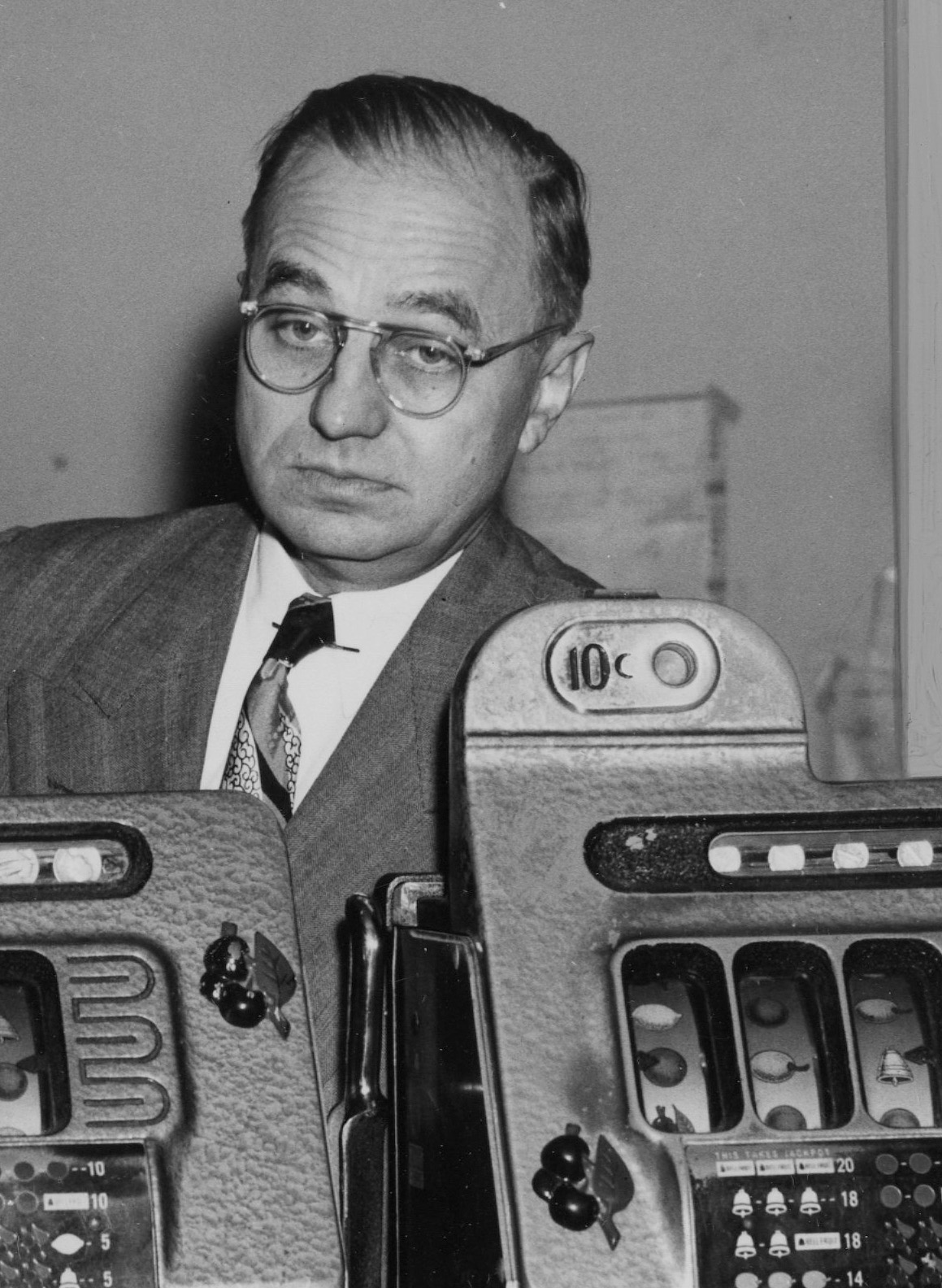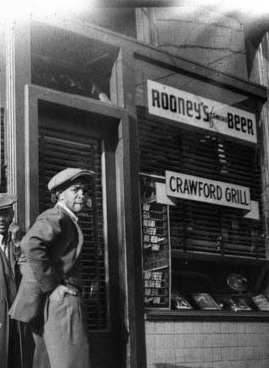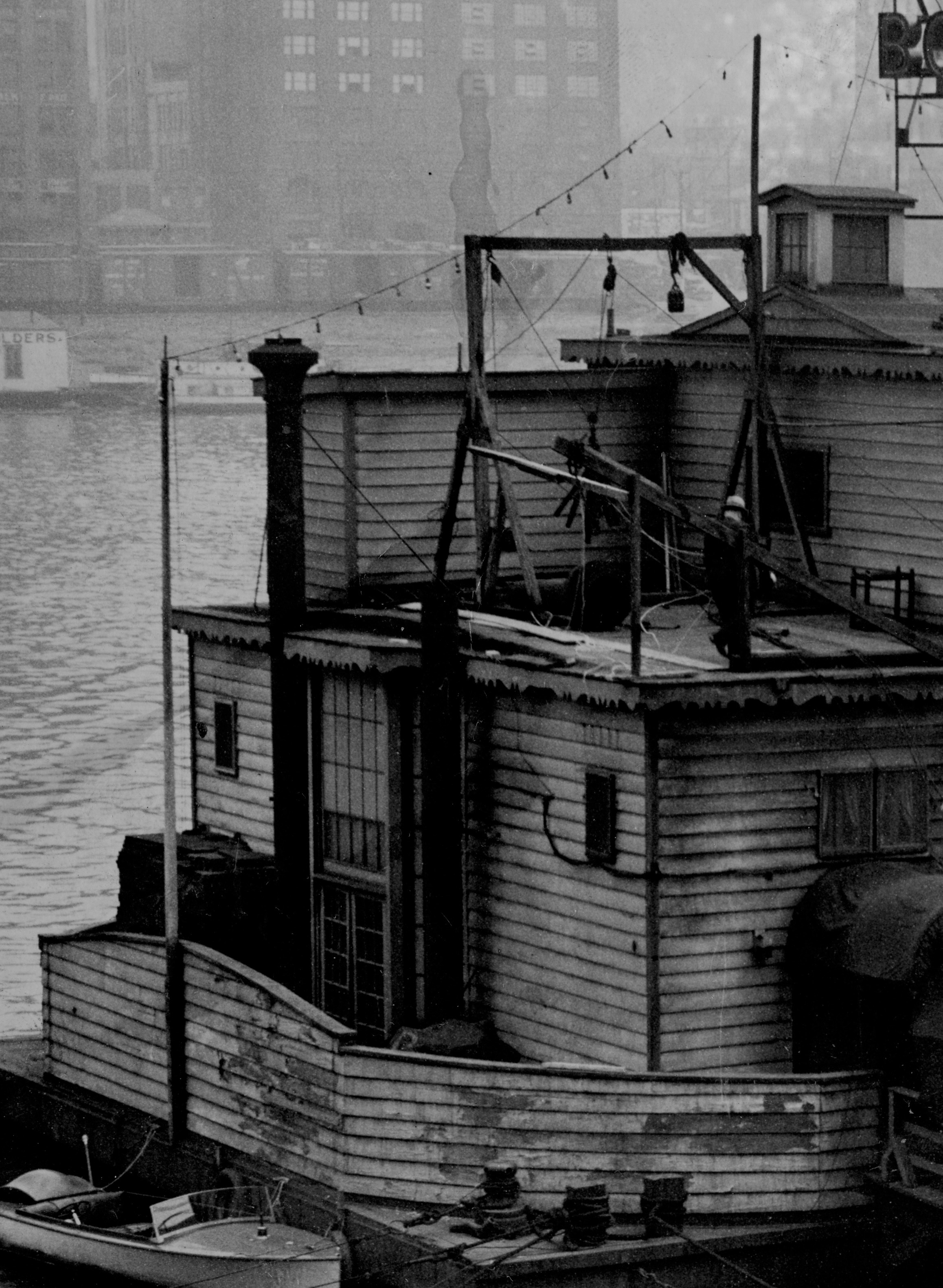The early morning raid on May 15, 1930, on the Show Boat, a ritzy cabaret and gambling nightclub on a barge docked on the Allegheny River in the Downtown, was a scene out of a Prohibition-era movie.
Two dozen “dry agents” rushed the boat’s gangplank about 12:40 a.m. Once aboard, they were joined by four undercover cops already mingling among the 300 elegantly dressed men and women on the balconies of the lower two decks eating and drinking during the cabaret show, and about 100 patrons gambling on the third level.

The sudden raid could have led to a panic with so many people on board, but the agents who spread around the boat quickly told the visitors they could leave: The raid was just for the owners and operators of the boat.
“Don’t be alarmed. It’s just a federal raid,” agents told patrons, according to The Pittsburgh Press story that ran later that afternoon. “Leave your liquor where it is and get out. If you try to take the booze along, we’re going to search you.”
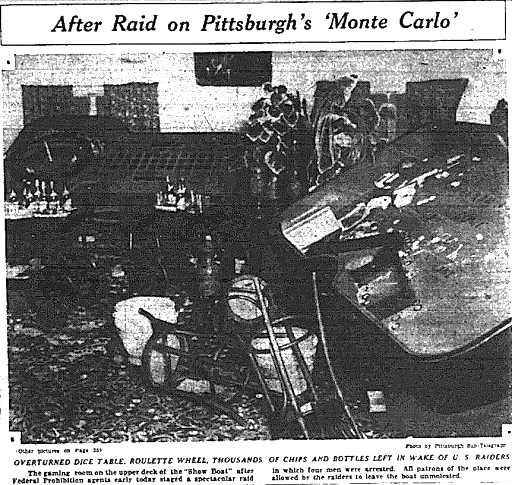
The feds’ targets were the operators of “Palatial Gambling Den” — as the Post-Gazette story called the boat — which was painted white with green trim and sumptuously decorated inside.
They arrested one of Art Rooney’s closest friends and business partners, Milton Jaffe, who feds believed to be an owner, and Louis “Doc” Markowitz, the club’s manager.
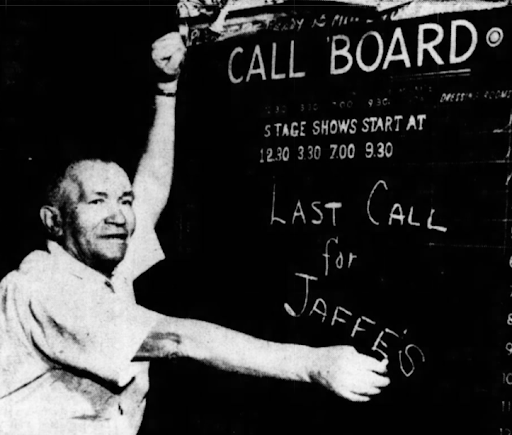
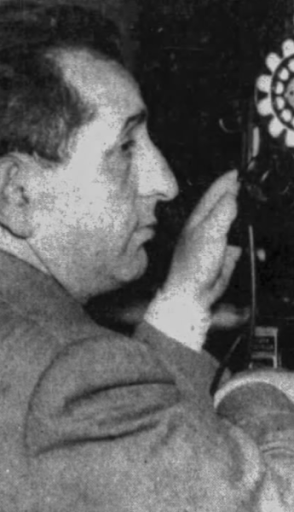
Jaffe’s brother George, and another Rooney associate, Jack “Jakie” Klein, also were on board and initially taken into custody, but later dropped from the case for lack of evidence. The club’s president, Franklin T. Graham, was not there, but was later charged for his role.
But Rooney, who was secretly an owner of the club, was never arrested or even named in connection with the club.
He and Jaffe’s decision to buy the club in 1928 and move it to the Allegheny River demonstrated not only that Rooney had started to make significant money in other rackets — including the numbers and illegal beer — but that he had amassed enough power to ensure the boat’s protection with the help of local law enforcement and political leaders.
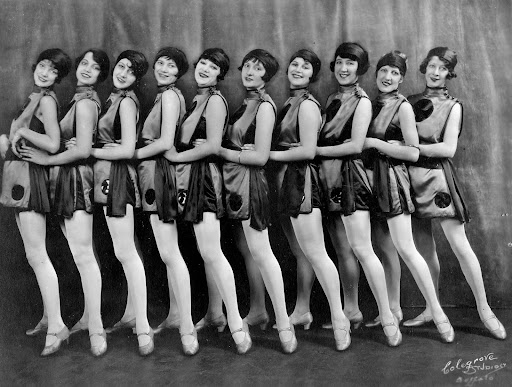
That protection didn’t stop the feds.
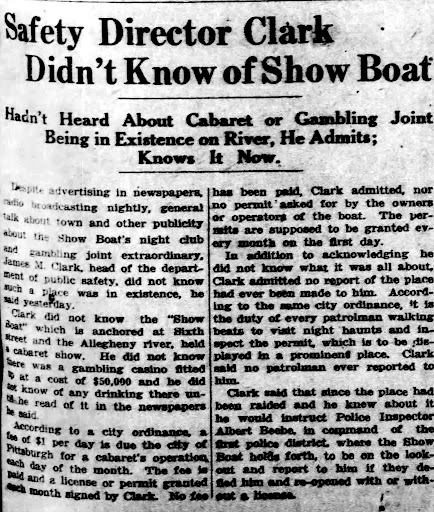
The raid of the largest nightclub in Downtown was front-page news for weeks, with federal officials vowing to figure out the real financial backers.
Though the boat had been putting on shows since 1923, and had been anchored at its Allegheny River location near the Sixth Street Bridge for two years by 1930, the city’s public safety director at the time, James Clark, said he had never heard about the boat and had received no complaints about drinking or gambling on board.
Although Prohibition authorities spent weeks planning the raid, sending undercover agents in on six different evenings over the previous two weeks, it appeared the Show Boat’s managers got at least a few minutes warning.
Agents bought pints of Golden Wedding whiskey for $7 on at least two occasions before the raid. During the raid, no liquor other than that held by patrons was found. And agents found gambling chips with $100 and $1,000 values, suggesting a lot of money was gambled. But agents found no cash on board.
It also seemed obvious to both federal and county authorities that some prominent but unnamed money backers must have been involved in the Show Boat’s operation, given not only the plush interior design and additional rooms built on the third deck that were said to cost $50,000 to upgrade, but the tens of thousands of dollars in gaming equipment.
Allegheny County District Attorney Andrew Park vowed to identify the unnamed financial backers, and who had been giving them protection.

“There is no doubt in my mind that we are in possession of all the gambling paraphernalia and that this place was receiving protection,” he told a Post-Gazette reporter the day after the raid. “I mean to learn who gave this protection, if it is possible.”
Neither he nor the federal officials ever succeeded in learning who provided the boat with protection or who was backing the venture.
Once again, Art Rooney would remain out of the spotlight when charges were being filed. Someone else — this time Jaffe, Markowitz and Graham, who were all fined $300 and put on a year’s probation on state gambling charges — would take the fall.
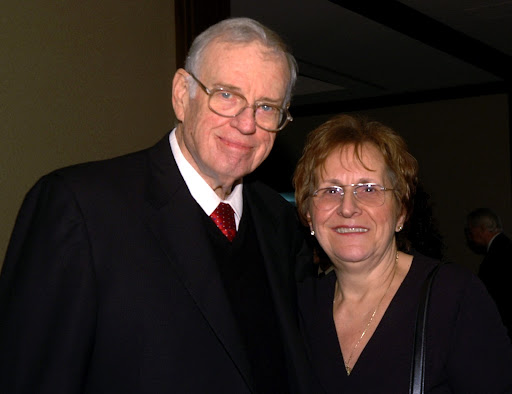
Though Rooney’s name was never mentioned in connection with the Show Boat for decades — and that connection does not appear in any FBI documents — his younger brother Jim Rooney divulged his brother’s role publicly.
In an interview in 1982 with local historian Rob Ruck, Jim Rooney said Jaffe and Art Rooney “had the Show Boat down here.”
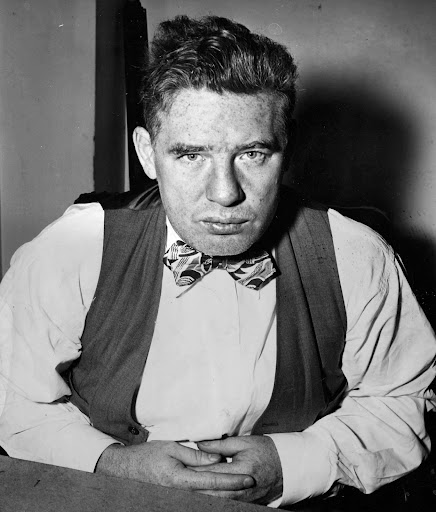
That revelation made while Art Rooney was still alive — kept on a tape and later placed in the University of Pittsburgh archives — remained hidden from the public for more than two decades. Author Andrew O’Toole revealed it in his 2004 book, “Smiling Irish Eyes: Art Rooney and the Pittsburgh Steelers.”
Then, four years later, in his 2008 book, “Ruanaidh: The Story of Art Rooney and His Clan,” Art Rooney Jr. told a series of stories about how his father had run the Show Boat with Jaffe.
Art Jr., the second oldest of Rooney’s five sons, wrote in his book that “betting on horses paid for [his father’s] piece of The Showboat and financed his marriage and honeymoon” in 1931.
Two years into the Great Depression, and with no legal means of support other than horse gambling, Rooney managed in 1931 to take his new bride, Kathleen or “Kass,” on a coast-to-coast honeymoon with a $10,000 bankroll — the equivalent of nearly $200,000 today — in his pocket, according to to “Rooney: A Sporting Life,” a 2010 book by Rob Ruck, Maggie Jones Patterson and Michael P. Weber.
Just over a year after their honeymoon, Art and Kass’ first son, Daniel, was born, named after his uncle and grandfather. As a sign of how close and important Milton Jaffe was to Art and his family’s growing fortune, the proudly Irish family gave their first son the middle name Milton.
Exactly how long Rooney and Jaffe ran the Show Boat is not clear. The boat was owned until 1930 by the company that built the craft, the John Eichleay Jr. Co., which leased it to various operators.
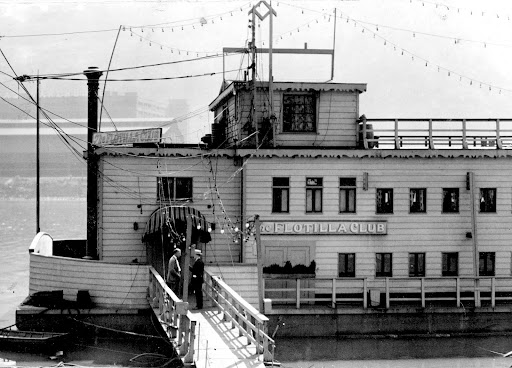
In federal court in 1930, the company said that as far as it knew, the leaseholder was The Flotilla Club, which was its name before it became the Show Boat.
After the boat was built in 1923, it had been originally leased to one of Pittsburgh’s colorful nightclub operators, Frank Bongiovanni, who ran it as The Floating Palace, docking it on the Mon Wharf near the end of Wood Street. After he died of a brain hemorrhage in 1925, it was then leased to John and Charles Lazaro, who ran it as The Flotilla Club.
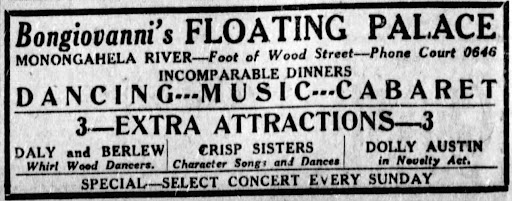
In 1928 the boat — still called The Flotilla Club until 1930 — was floated around the Point to be docked about 80 feet north of the Sixth Street Bridge on the Downtown side of the Allegheny River, closer to the North Side.
The stated reason for the move was so it could be closer to Pittsburgh’s theater district. But moving it closer to the North Side made sense because that’s where Rooney, according to FBI documents, held enormous political power and had a close relationship with the police.
After the raid on the boat, the federal court ordered that the Eichleay Co. sell the boat to avoid being padlocked for a year.
Eichleay Co.’s board meeting minutes from May 23, 1930, which are kept at the Sen. John Heinz History Center in Pittsburgh, show that Eichleay originally negotiated with “the tenants” — suspected to be Jaffe and Markowitz — to sell the Show Boat for $10,000 cash.
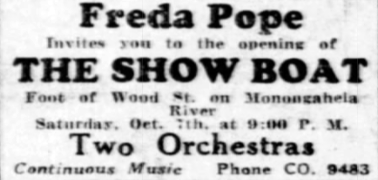
Two weeks later, though, the company’s board minutes and federal court records show it was sold to an unlikely owner: Lou Bolton — known as a dance leader, not a businessman flush with cash — who paid $10,000 to buy the boat.
The court approved the sale and allowed the boat to reopen in 1930. It appears from interviews with the Rooney sons that Rooney and Jaffe continued to be the real operators. In fact, one of the boat’s publicly named operators over the next three years was Jaffe’s brother, George.
After the federal court case ended with the sale of the Show Boat, the boat would close and then reopen three times before May 1933 — just two months before Rooney paid $2,500 to start the Steelers. Another local entertainment operator, Freda Pope, bought the boat just as Prohibition was about to end.
She moved it back to the Mon Wharf, apparently ending Jaffe’s and Rooney’s five-year ownership of Pittsburgh’s largest nightclub.
The boat would cycle through four more owners over the next dozen years.
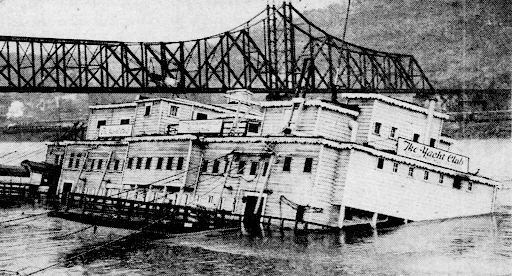
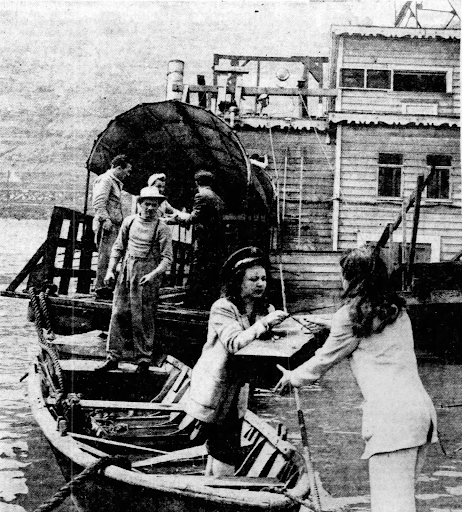
Early the morning of May 21, 1943, after an employee of what was then called The Yacht Club failed to show up to work to operate the pump that perpetually had to push water out of the leaky hull, the boat began listing to one side. Over a couple hours it eventually listed so far that it had to be abandoned. Patrons and workers fled, though showgirls and bar workers had to return the next day to salvage several dozen cases of now-legal liquor.
Two months later, now resting on the bed of the Monongahela River near the Point, a federal judge ordered the boat sliced into pieces to clear the waterway. The Show Boat was no more, and the secret of Rooney’s involvement would not be publicly known for nearly 40 years.
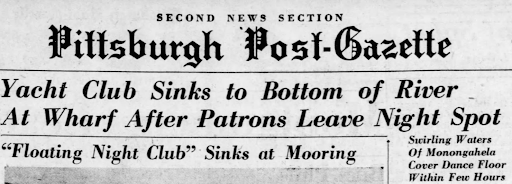
Reporter: Sean D. Hamill: shamill@post-gazette.com or 412-263-2579 or Twitter: @seandhamill
Development: Laura Malt Schneiderman: lschneiderman@post-gazette.com





